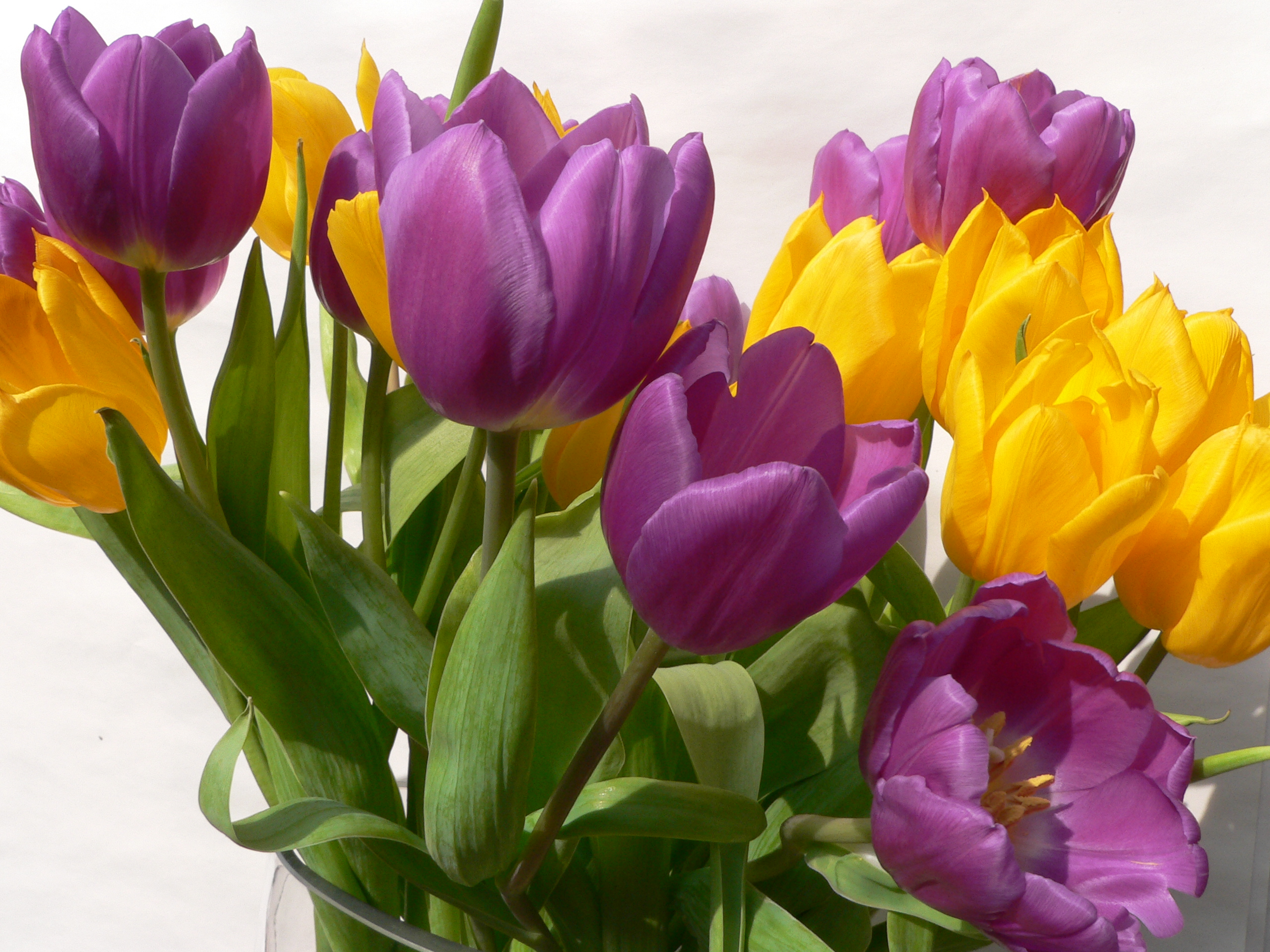
Why is colour important when it comes to floral designs
Florsts are paid professionals and, once you understand all the effort that goes into every bouquet, it’s easy to understand why. Arranging flowers is not just about grabbing a few stems, some foliage, and hoping for the best. Every aspect of every bouquet is planned in order to ensure that they appropriate message is conveyed. This includes style, texture, and colour. Colour is one of the most important factors when it comes to arranging fresh flowers. Using a single colour is usually fairly simple but, when you want to combine two or more colours, this is where it can get a bit tricky.
Florists and any kind of designer understand that there are three dimensions to any colour. These dimensions are hue, saturation, and value. There are colours that have no hue and these are known and achromatic colours. Examples of achromatic colours are white and black. For this reason, white and black elements can be added to just about any flower arrangement in order to enhance the other colours.
As for hue, this refers to pure colours that do not contain white, black, or grey. Saturation indicates the intesity of the colour and the value indicates the darkness of lightness o the colour. Consider different shades of green, for example.
Another important point to understand is that there are warm and cool colours. Warm colours include yellow, red, and orange while cool colours include green and blue. Warm colours are those that remind you of heat and warmth whereas cool colours have a cooling or calming effect on you.
When choosing a colour scheme for a flower arrangement, you can choose between monochromatic, analogous, complementary, triad, and polychromatic colour schemes. Monochromatic means that you use several shades of a single colour. Analogous involves the use of two colours that are next to one another on the colour wheel. Complementary colour schemes mean that the colours you use should be opposite one another on the colour wheel. Triad themes consist of three colours and each colour is equally spaced from the next on the colour wheel. Finally, polychromatic schemes include five or more colours that are randomly selected.
These are just the most popular colour schemes when it comes the floristry industry. This is because they are fairly easy to achieve and, since the colour combinations are simple, it allows you to focus that much more on the design itself. Choosing the colour scheme first is a good idea since you can then choose the right flowers based on these colours.
